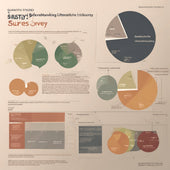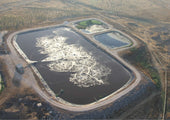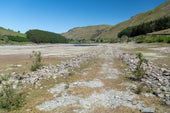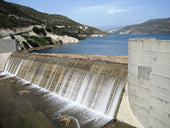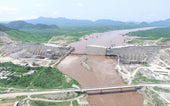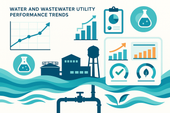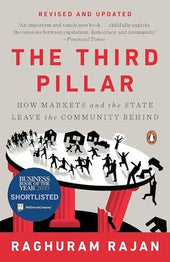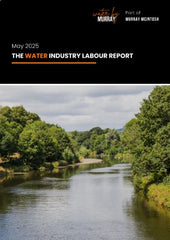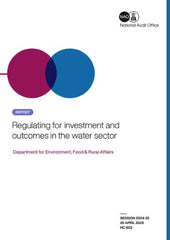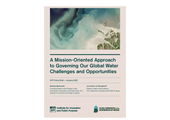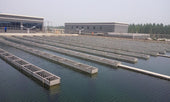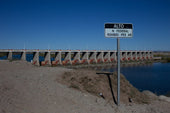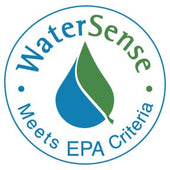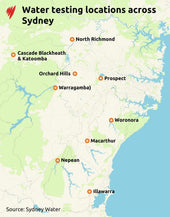
A Brave New World: Asset management for the water sector
It’s no secret that the water industry faces many challenges and a constantly changing world. In a 2022 report prepared by the American Water Works Association, over 3,700 North American water professionals ranked various issues facing the water sector. The three most pressing issues were:
- Renewal and replacement of aging infrastructure
- Financing for capital improvements
- Long-term drinking water supply availability
Additional large industry issues, as reported by the Institute of Asset Management, include climate change, resilience/futureproofing, equity and social justice, cyber and physical security, and digital transformation/data management.
Identifying isolated solutions to any one of these issues may fail to address or even counteract mitigation efforts for another. Instead, an approach that takes a holistic lifecycle view of assets, people, and systems is needed. A consistent decision-making framework based on risk is also necessary.
Asset management is not a new discipline — people and organizations have been doing it in some form for a long time. However, more recently, asset management has emerged as a formal discipline that organizations effectively leverage to maximize the value of their physical assets, while balancing cost, levels of service and risk. Water professionals and organizations should look to adopt this standardized and disciplined approach to asset management as a core business competency.
Modern asset management is not simply asset maintenance, but rather an integration of diverse disciplines across the organization. Though the model is not prescriptive, asset management typically consists of:
- Alignment of the water utility’s aim or strategic goals to an asset management strategy and plans. For example, the aim could be to deliver safe, reliable drinking water to customers while providing exceptional service in a sustainable manner. The asset management strategy might include customer-centric levels of service such as minimum water pressure, number or duration of failures/outages, and quality objectives that its assets must meet.
- The asset management strategy lays out “rules of the game,” such as how asset decisions (maintenance planning and scheduling, repair versus replace) will be made. It may also specify what asset information (such as condition, run time, total cost of ownership, etc.) will be used to make those decisions.
- Certain asset information in particular, such as the likelihood and consequence of asset failure (risk), can be used as inputs in the strategy. In combination with other asset information, this helps utilities understand which capital investments are urgent and set priorities.
- The asset management strategy drives lifecycle delivery and day-to-day asset activities, from creation/acquisition through disposal, supplying clarity of leadership, teamwork and holistic understanding.
Asset management in action
ISO55000 defines asset management as the “coordinated activity of an organization to realize value from its assets.” What it looks like in practice will vary across organizations, but the following example may illustrate how asset management can function, and how utilities can leverage it to address imminent challenges.
A water utility with several miles of main assets may define its main goal as safe, reliable water delivery. It may even set not-to-exceed standards for outages, leaks, or low pressure/flow events.


